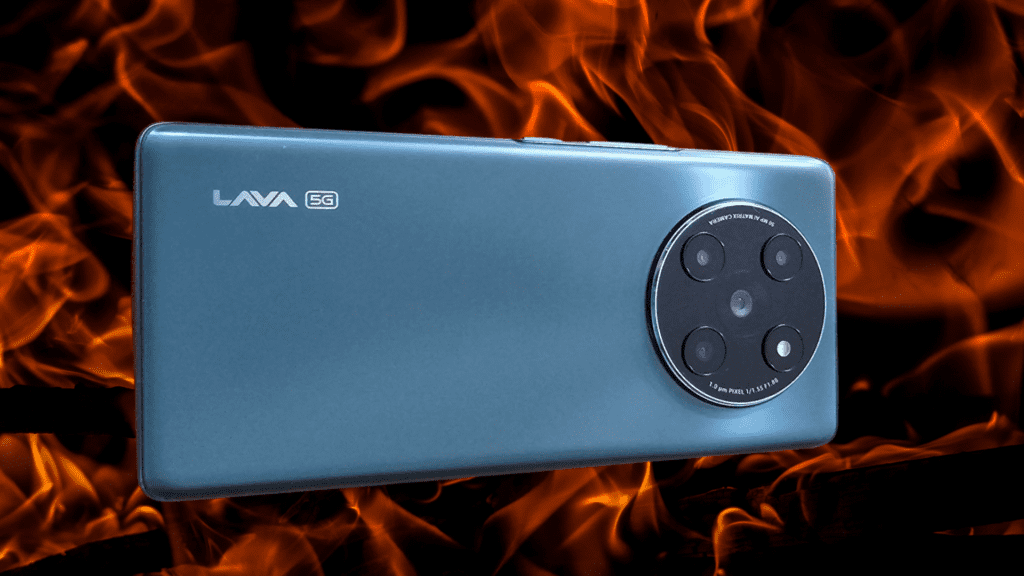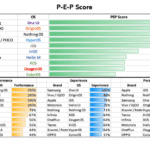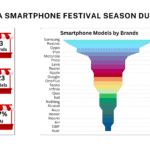Lava is not only regaining its hold on the market, but also emerging as the ambassador for domestic Indian brands in the smart devices ecosystem. With a clutter free portfolio spanning over Agni and Blaze series, and a contemporary outlook to the entire product design and development, it has proven that the origin of a brand has nothing to do with its success or failure.
Yes, there were turbulent times, a tsunami powered by indefensible dollar spends along with some of the fundamental changes in the market dynamics. But that is how any new brand will foray into the market with all its aggression expressed through resources available. The emergence of e-commerce gave an over-the-top market access to new players mainly of China origin reducing the competitive advantage of already established channel network of the incumbents. These OEMs also had economies of scale advantage coming form a centralised manufacturing in China with which they could introduce a newer technology, 4G, at same or even lesser price than the prevalent 3G smartphones at that time. This also got propelled by the entry of Jio as a telecom disruptor which led to a data revolution in the country.

Fighting out these many market variables wasn’t an easy task and we saw how the brands of yesteryears like Micromax, Intex, Karbonn and Lava to some degree got impacted. These famous MILK brands saw rapid decrease in their hold on the market and consumers accepted the newer brands which brought in latest technology and refreshed designs in a market where the affordable segment had little to choose among reliable and trustworthy technology.
Lava kept on repurposing itself and kept its zeal and spirits high. Especially when it saw other domestic contemporary brands shutting their shops or substantially reducing their operations and focus on the smartphones. The brand kept focusing on the entire value chain, gained design and manufacturing competencies besides keeping the already established channel equity motivated and lubricated with a strong relationship bond.
My first reaction to Lava Agni 2 was that it reminded me of smartphones produced by brands like OnePlus a few years ago. To me that was a big achievement and change for the brand. It had proven that making such smartphones wasn’t something that only brands of specific country of origin could do. Today Lava’s CMF elements are nowhere lagging its contemporary brands who gained a substantial market standing and reputation in the past few years.
Yes, the product is still in a learning phase and in subsequent software updates we should see the performance further optimising be it in the areas of camera, UI, battery, etc. Lava just released a software update for Agni 2 addressing some of the concerns raised by early users and reviewer community.
As a company and as a brand Lava does have a very long legacy and it cannot be seen as a startup brand where the entire ecosystem will have relatively more tolerance. For instance, in case of Nothing. But, keeping the history aside, we shall have to look at the brand as a renewed brand since it started with Agni and Blaze series. Today, Lava is nowhere behind its contemporary brands in terms of offerings. It has a 5G portfolio to offer, its smartphones are also offering features like fast charging and the specifications are just in line with what the competition is offering. No doubt the software optimisation will continue iterating to improve. That is how the industry keeps on getting better. It is a common industry practice where we see OEMs optimising the performance only after they are able to get user feedback who test out the devices in real scenarios which may be beyond the capability of any OEM to replicate in test environments due to the massive diversity of India where things change after a span of every 100 kilometres.
The good thing to see is that Lava has the intent and has shown practically that it will keep on optimising the performance through updates. The recent update within just a span of one month after the launch of Agni 2 is a testimony of this commitment. With this attitude of launching a smartphone with the best possible hardware and then regularly updating its software to achieve optimisation, Lava is changing the perception of consumers towards Indian brands which were seen not updating their software even for the OS upgrades. There was a time when Indian brands would continue to launch their smartphones on Android KitKat version without further updating the OS compared to the Chinese OEMs launching with Lollipop and Marshmallow versions and also updating the existing smartphones with the latest Android version in the quickest possible time. In fact, it would not be wrong to say that the credit of pushing the industry to make the latest Android version available to users goes to Chinese OEMs.
Lava has well earned the title of becoming the brand ambassador of Indian brands in the smart devices ecosystem. The smartphone as a product appears to have settled for Lava and it is now time for the brand to explore other products as well, though it already has made some attempts regarding TWS. However, it would need to go like it has for the smartphones. Finally, in over 15 years of smartphone journey in India, we have a domestic brand to reckon with.





